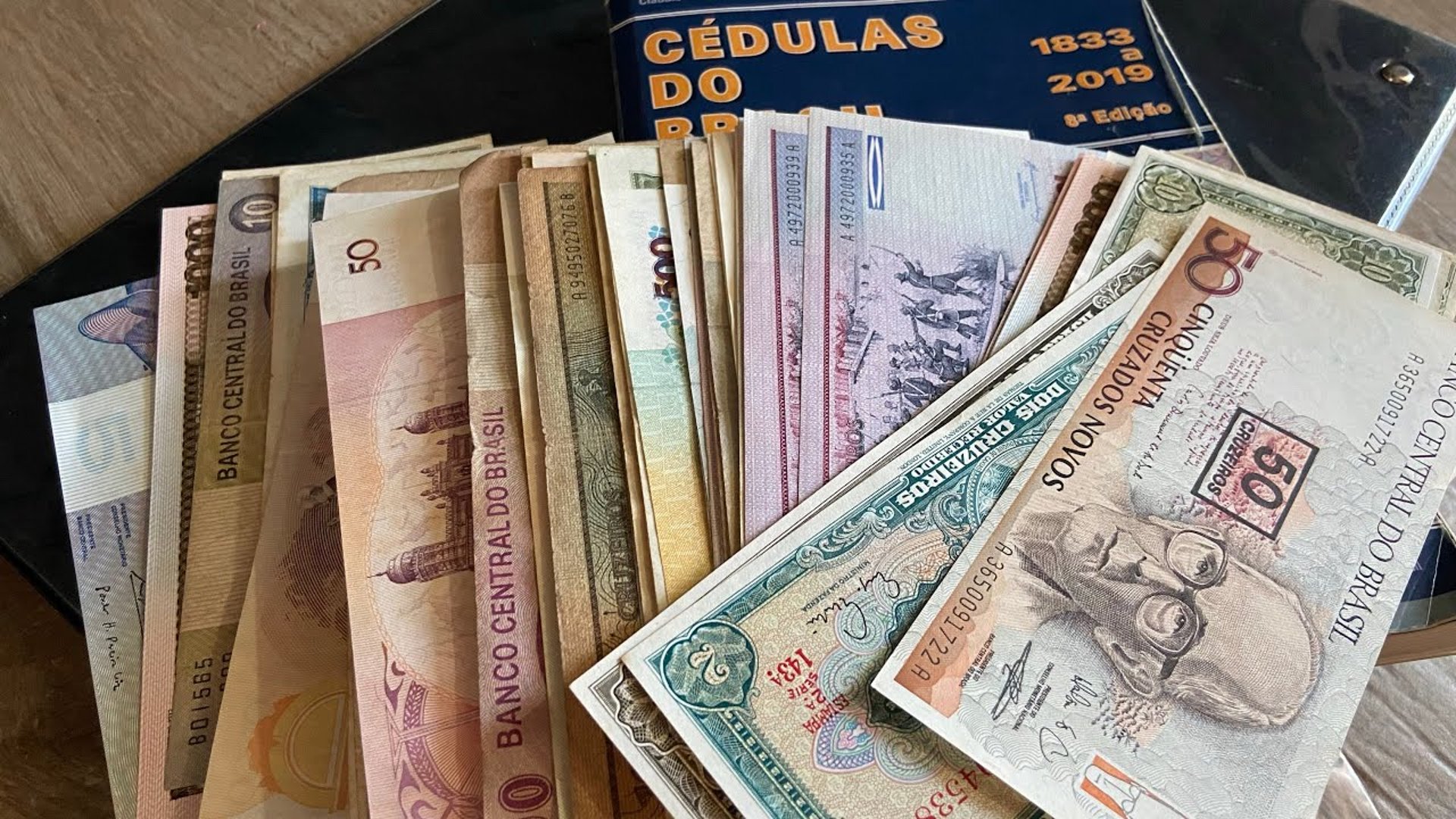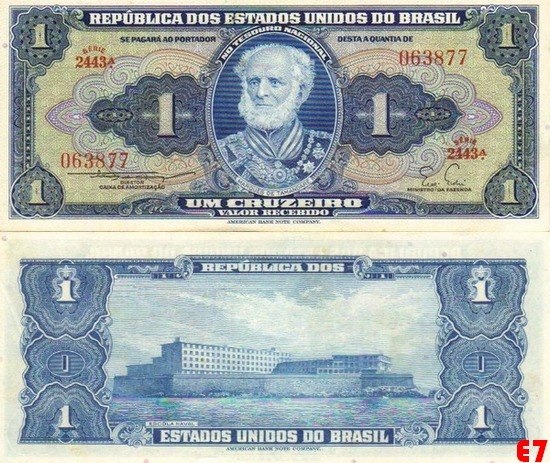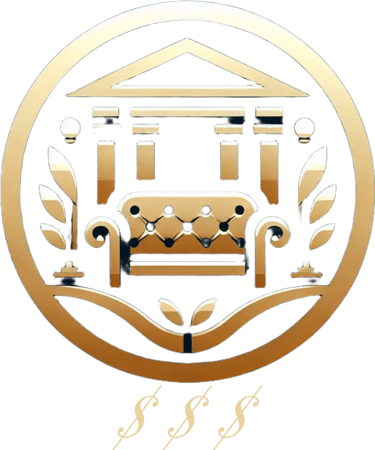
The Origin of Money: The Story of the Invention That Changed the World
4 min read
Money is so deeply embedded in our lives that we often forget to ask a fundamental question: Where did it come from? Before coins, bills, and digital payments, how did people exchange goods and services? Where did the idea of money — the foundation of the modern economy — even begin?
In this article, we’ll take a journey through time to explore the origin of money, from ancient bartering systems to the invention of coins, the rise of paper currency, and the digital money we use today.
Before Money: The Age of Barter
Before money existed, human societies used barter — the direct exchange of goods and services.
Imagine this: a wheat farmer needs meat, so he trades sacks of grain with a cattle herder. This system worked well in small communities where people knew each other and mutual trust existed.
The Limitations of Barter
Despite its simplicity, barter had serious drawbacks:
Double coincidence of wants: the other party had to want exactly what you had.
No common measure of value: how many sacks of wheat is a cow worth?
Difficult to store value: many goods spoiled or lost value over time.
Indivisibility: you couldn’t easily divide a cow for small trades.
These challenges led societies to seek a more practical, standardized solution: money.
The First Forms of Money
Money didn’t appear overnight. It evolved gradually across different regions. The earliest forms weren’t metal coins, but items that held recognized value within a community.
Commodity Money
This was the first major transition — using goods with intrinsic value as a medium of exchange. Examples include:
Salt: used to pay Roman soldiers (origin of the word salary).
Cacao beans: used as currency by the Mayans and Aztecs.
Shells: widely used in African and Asian cultures.
Grain, animal skins, tea, livestock, gold, and silver.
These items worked better than barter because they were easier to store, divide, transport — and most importantly — widely accepted.
The Birth of Metal Coins
The next major leap in the history of money happened around 700 BCE in Lydia (modern-day Turkey), where the first official metal coins were minted by a government.
Why metal coins?
Precious metals like gold and silver had universal value.
They were durable, easy to carry, and could be stamped with official symbols to certify authenticity.
Coins simplified long-distance trade and commercial transactions.
Coins in Greece and Rome
The Greeks and Romans elevated coins as tools of state power and cultural identity. Coins were stamped with images of kings, gods, and symbols — functioning both as currency and political propaganda.
Coinage spread rapidly across the ancient world, fueling commerce, urbanization, and the rise of more complex economies.
The Invention of Paper Money
Metal coins dominated for centuries — until the emergence of an even bigger innovation: paper money.
China: The Pioneer of Paper Currency
China was the first civilization to use paper money, starting in the 7th century, during the Tang Dynasty. As commerce expanded, transporting heavy coins became risky and impractical.
To solve this, merchants began using deposit notes issued by private banks — eventually standardized by the Chinese government.
European merchants first learned of this through Marco Polo’s travels in the 13th century.
The Arrival of Paper Money in Europe
European banks started issuing deposit certificates exchangeable for gold. Over time, people realized they could simply use the paper instead of carrying the actual metal.
Governments then began printing legal tender — notes that held guaranteed value by the state, even without gold backing. This trust in government authority became the cornerstone of modern currency.
The Gold Standard: Money Backed by Gold
By the 19th century, most of the world’s currencies were tied to the gold standard, meaning each banknote could be exchanged for a specific amount of gold held by central banks.
This system created stability and limited inflation — since money could only be printed if backed by gold. But it also restricted economic growth, as the supply of money was tied to a finite resource.
The gold standard was gradually abandoned in the 20th century — especially after the World Wars and global financial crises, which demanded more flexible monetary policies.
Fiat Money: Trust Is the New Foundation
Today, we use fiat money — currency that has no intrinsic value and is not backed by gold or silver. Its value comes from government guarantee and public trust.
Modern currencies like the dollar, euro, yen, and real are examples of fiat money. Their value depends on the stability of the economy and confidence in the issuing government.
Fiat money gives central banks the flexibility to manage inflation, adjust interest rates, and respond to economic shifts by controlling the money supply.
The Digital Era: The Rise of Electronic Money
In recent decades, we’ve witnessed a transformation in how money is used — with the rise of digital and electronic currency.
Today, most money doesn’t exist in physical form, but as numbers in a digital system. Bank accounts, credit cards, instant transfers (like PIX in Brazil), mobile wallets, and contactless payments are now the norm.
Benefits of digital money:
Faster and more convenient transactions
Lower operational costs
Easier tracking and enhanced financial security
The Future of Money: Cryptocurrencies and Decentralization
In 2008, the creation of Bitcoin introduced a radical new idea: money that’s digital, decentralized, and independent of governments.
Cryptocurrencies use blockchain technology to validate and record transactions in a secure, transparent way — without banks or intermediaries.
While still not a replacement for traditional currency, crypto is reshaping financial systems and pushing governments to explore their own central bank digital currencies (CBDCs).
Conclusion: Money Is Always Evolving
The story of money is one of innovation, adaptation, and trust. From barter to blockchain, each stage reflects the needs, challenges, and creativity of human civilization.
What began as simple exchanges of goods evolved into coins, paper currency, digital payments — and now, the dawn of decentralized finance.
While the form of money changes over time, its purpose remains the same: to facilitate exchange and create value.
Would you like this formatted as an infographic, a slide deck, or a script for a video or podcast? Let me know how you'd like to bring this content to life!



